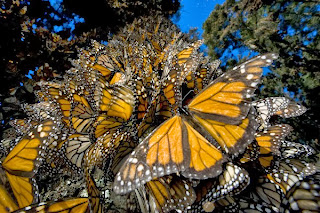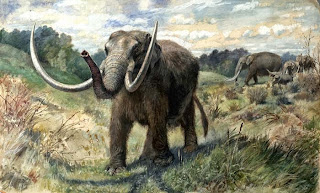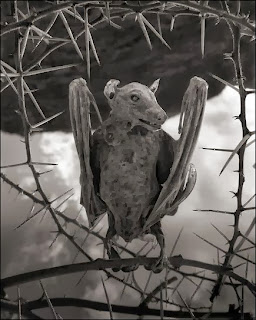Looking up animal noses on NatGeo

Fell in love with the 'Pinocchio lizard' we had in NatGeo's Weird & Wild section and decided to go off ISO animals with weird noses - but not elephants and aardvarks and all the usual suspects. I wanted some you wouldn't pick right off the bat. Like a bat. Or this goblin shark - click the links here in 5 Animals with Weird Noses and look at the videos in the story the way it's jaw reaches out to get prey might give you nightmares. My favorite, though, is this whitemargin unicorn fish that looks almost more like something Terry Gilliam would make then it does an actual fish, but it's real, mostly found in the Indo-Pacific. If you're lucky enough to visit the National Aquarium in Baltimore, though, you can see a couple of other species at their Blacktip Reef exhibit (and if you can't make it go to their website and check out their reef cam!)



